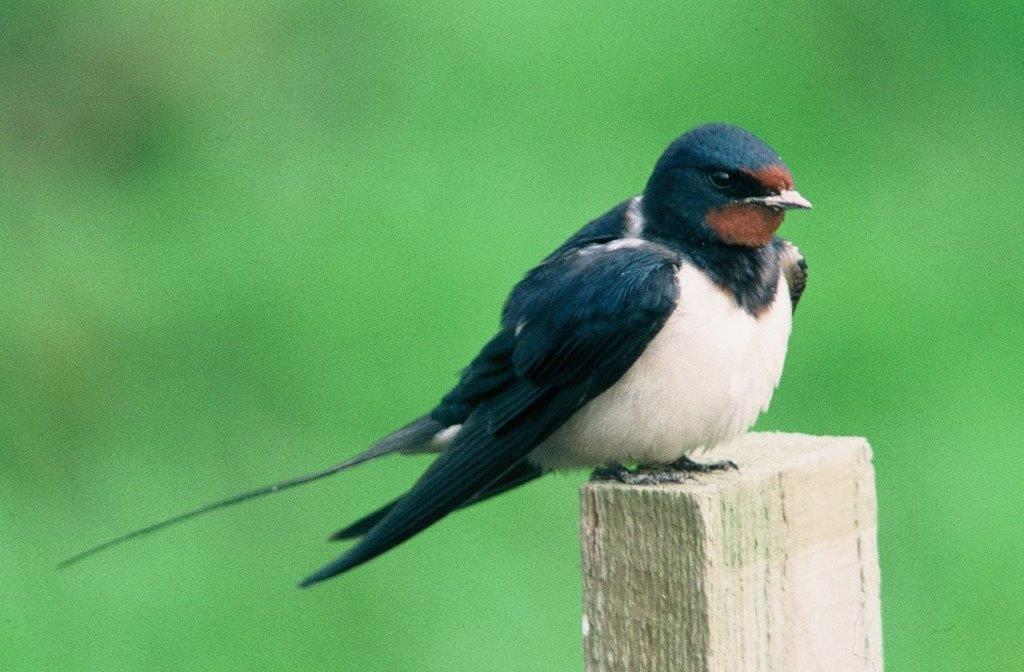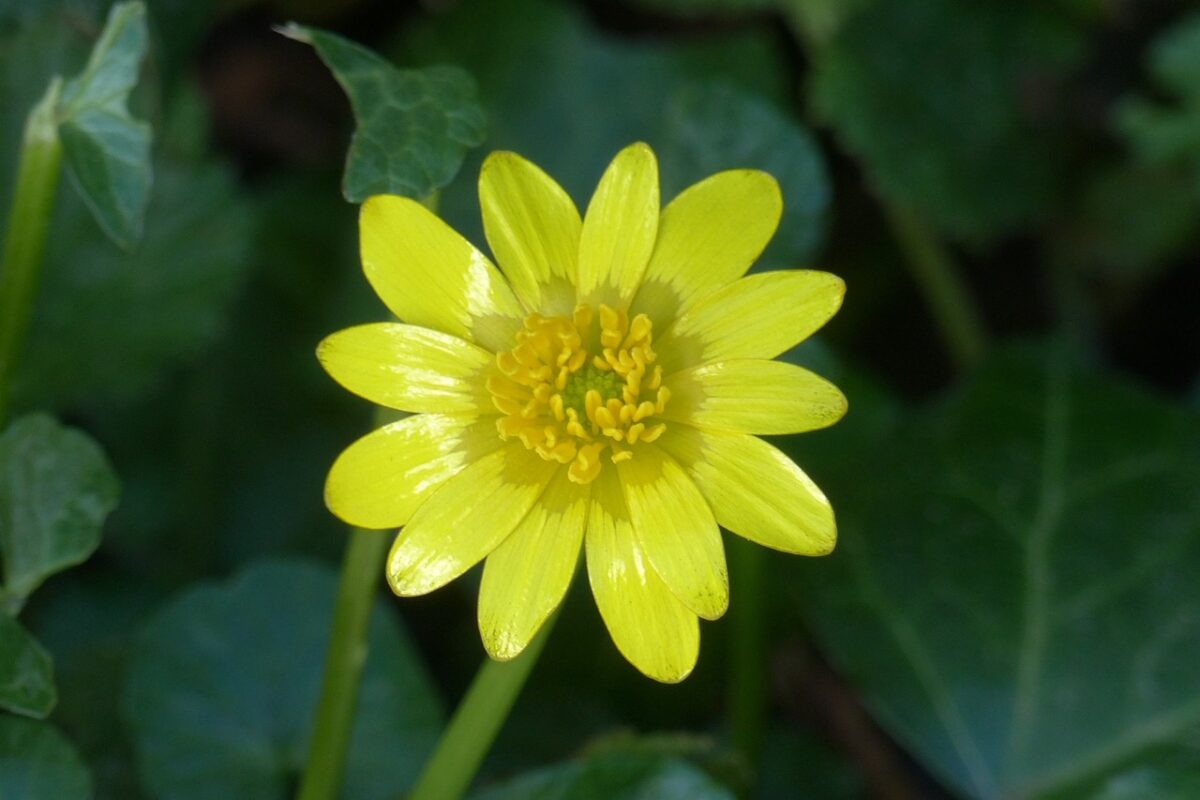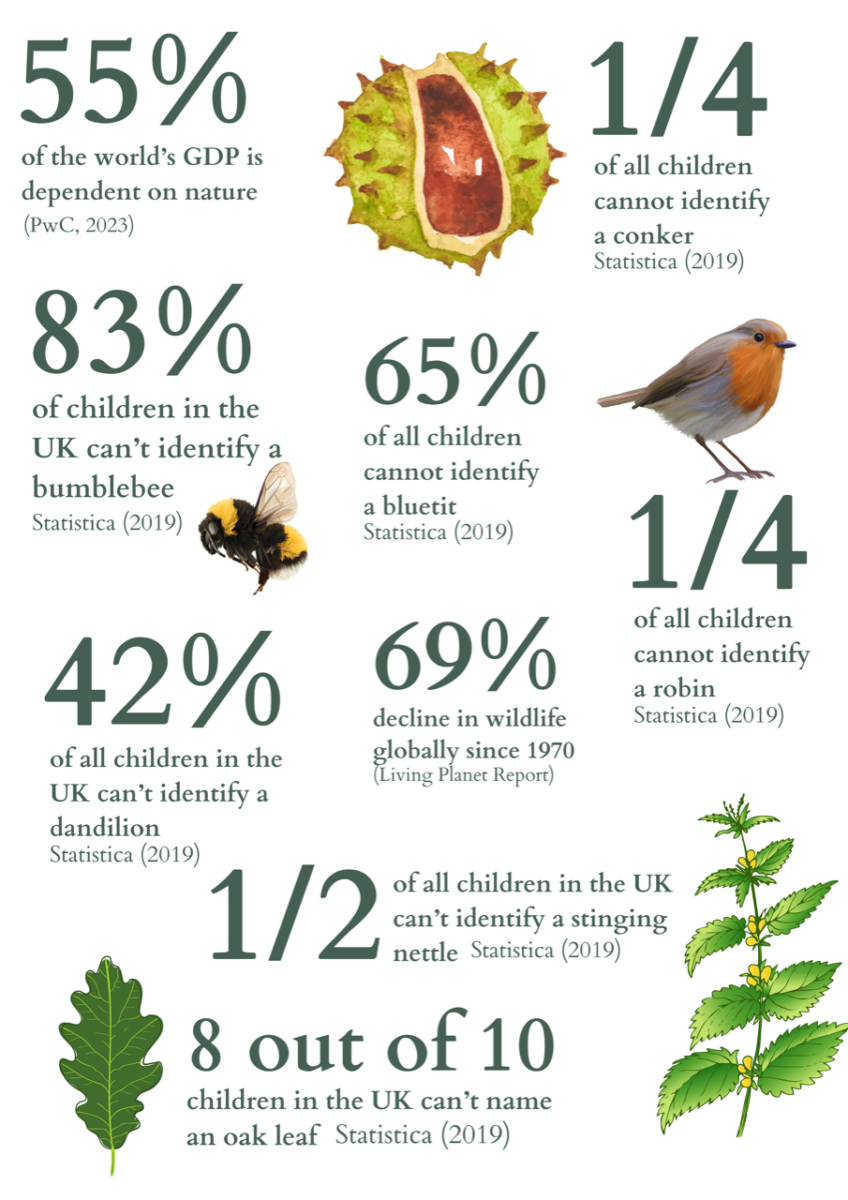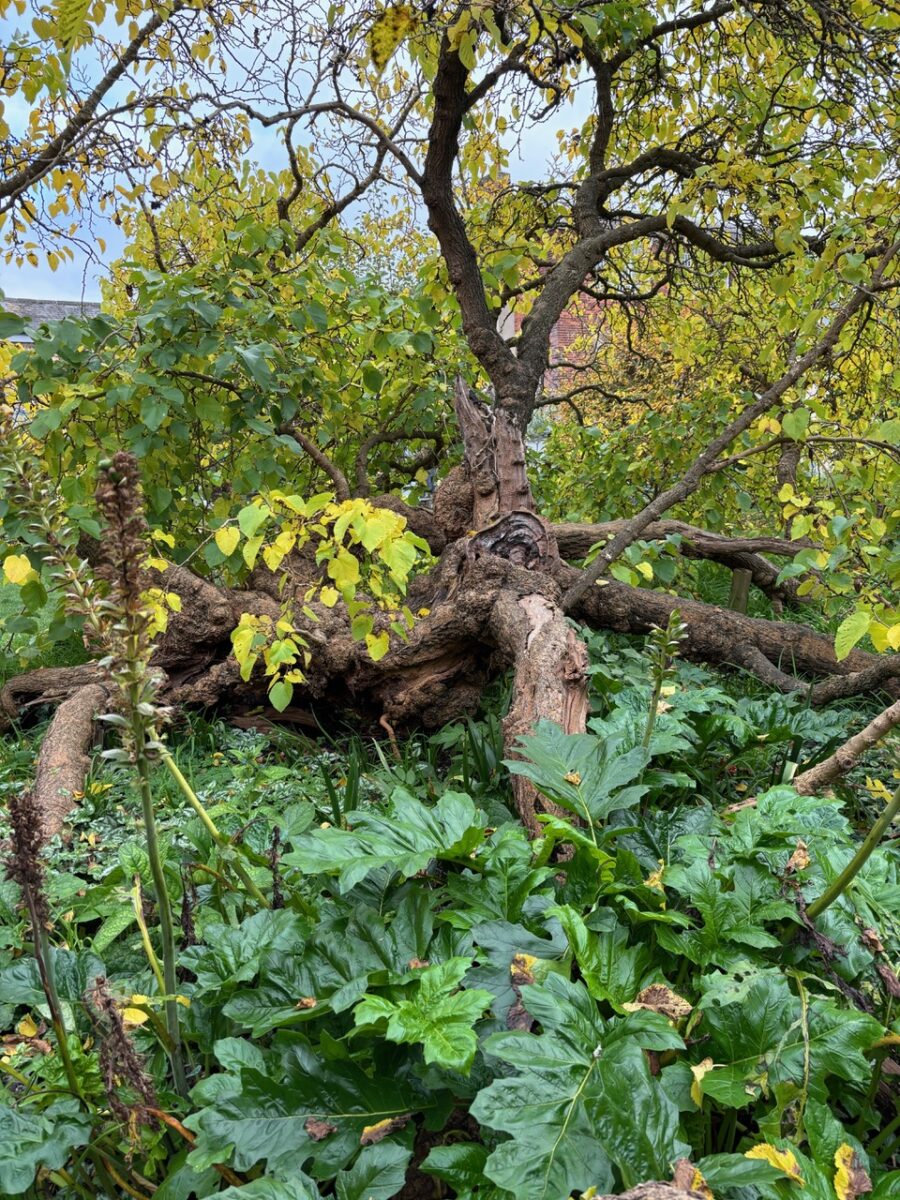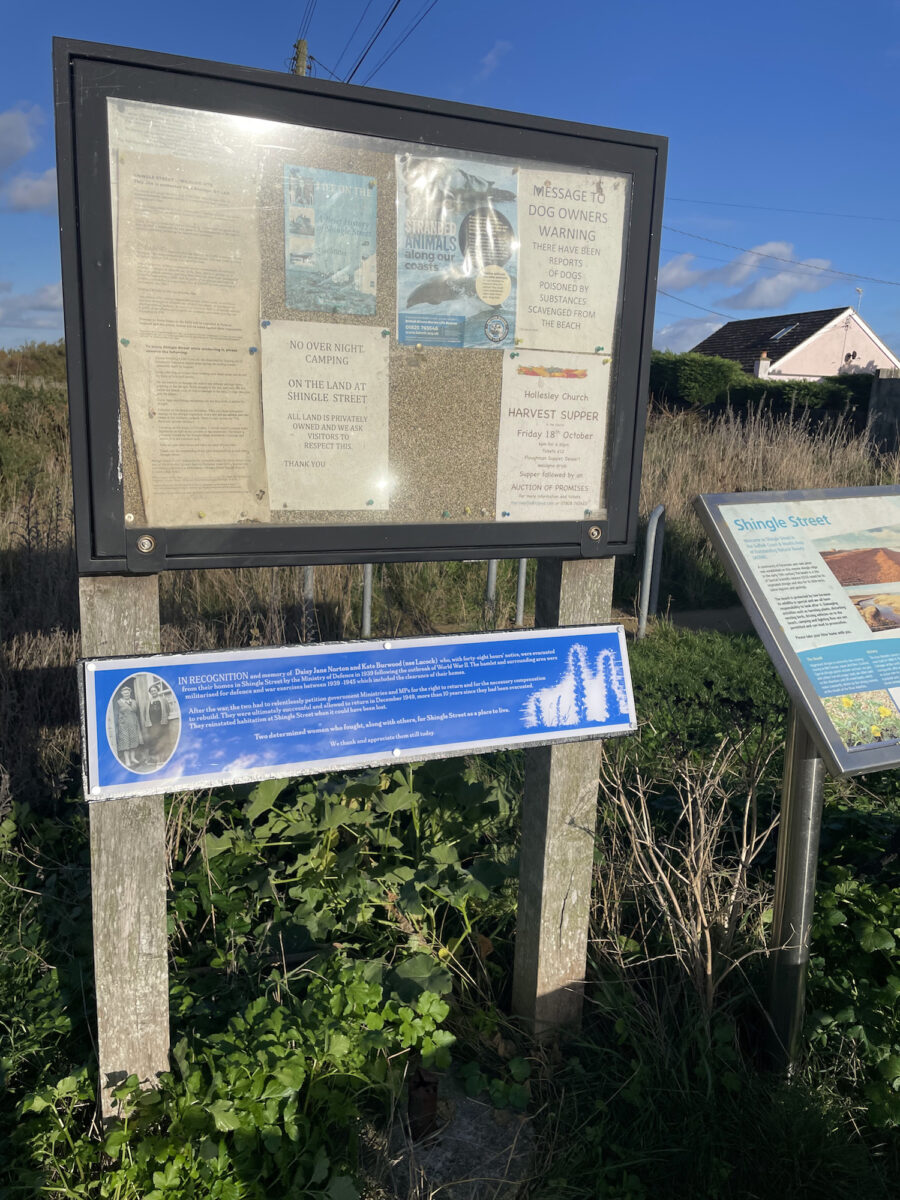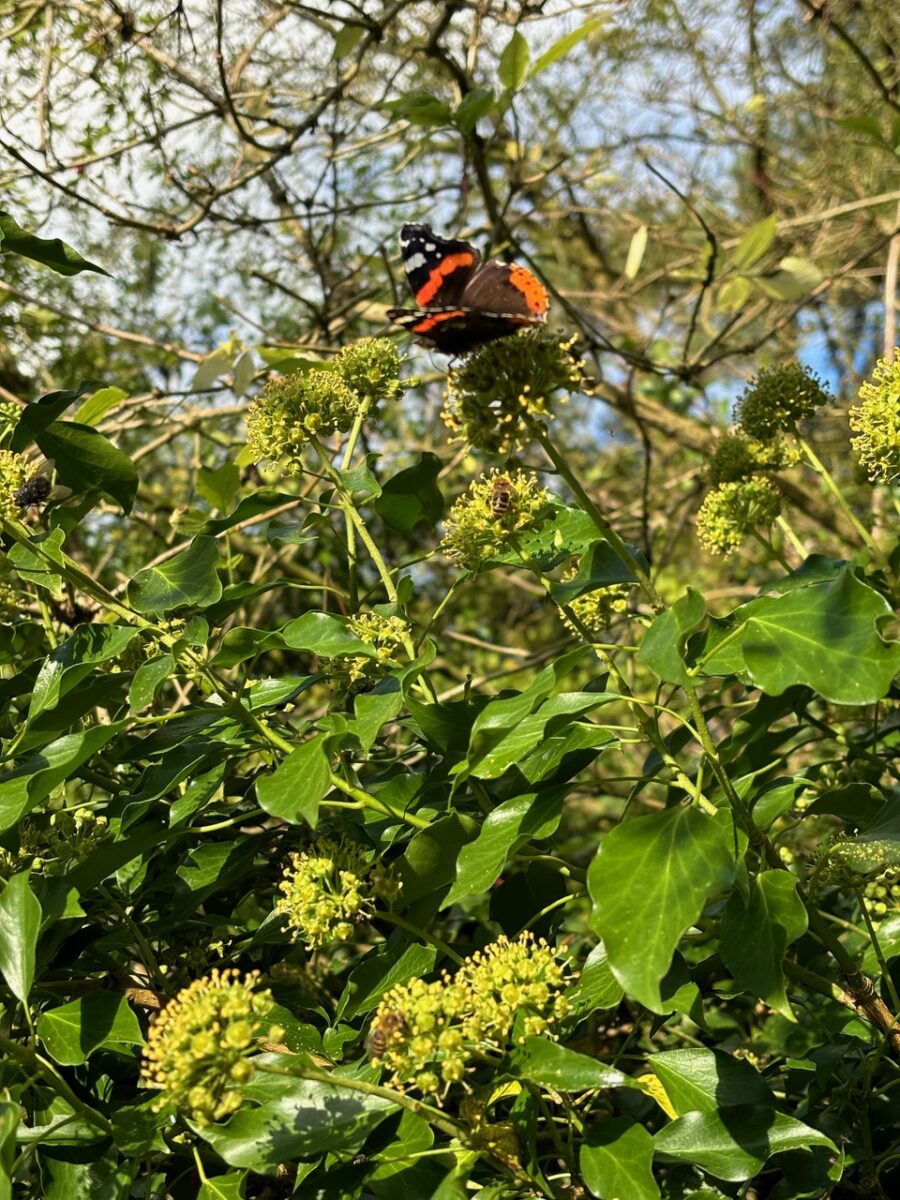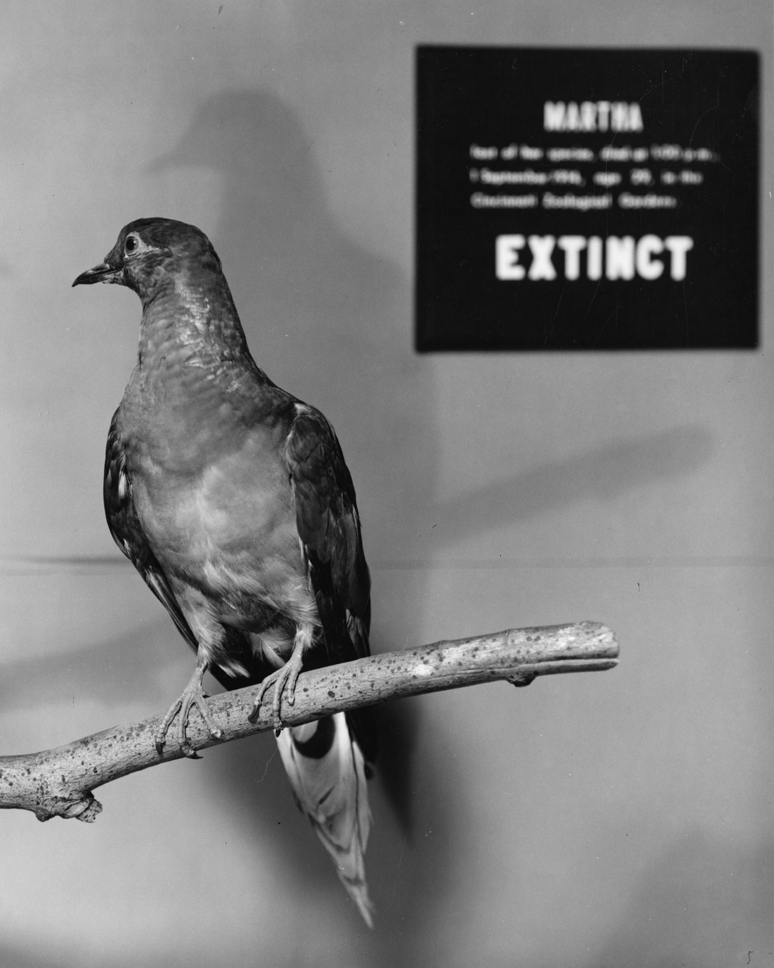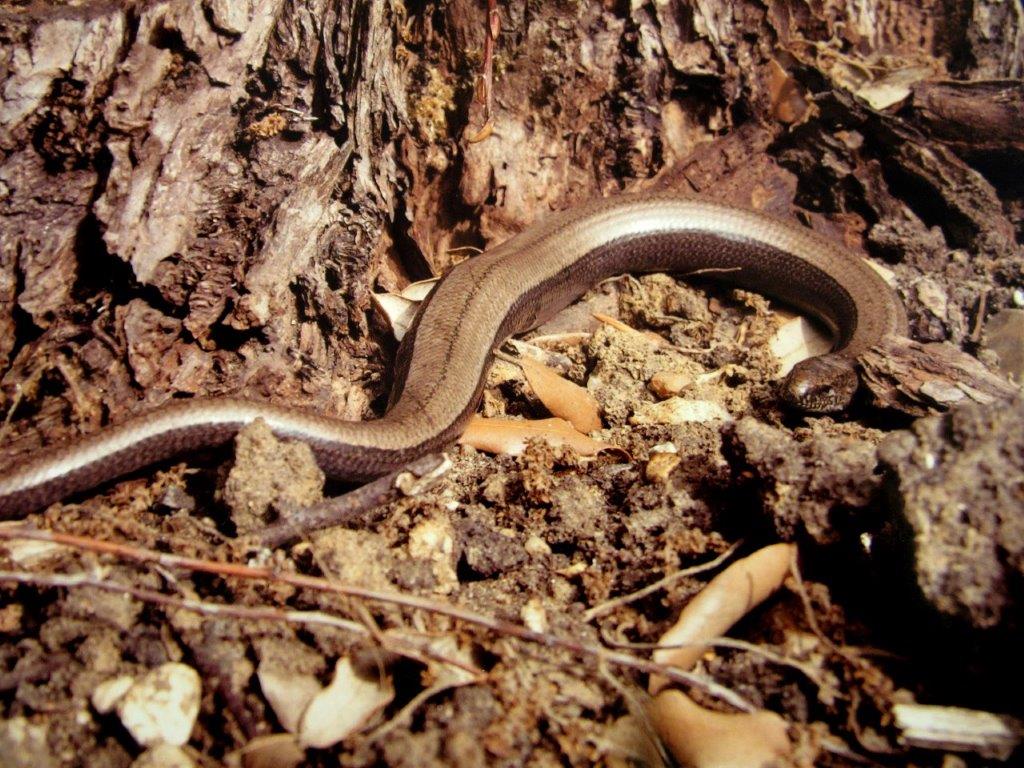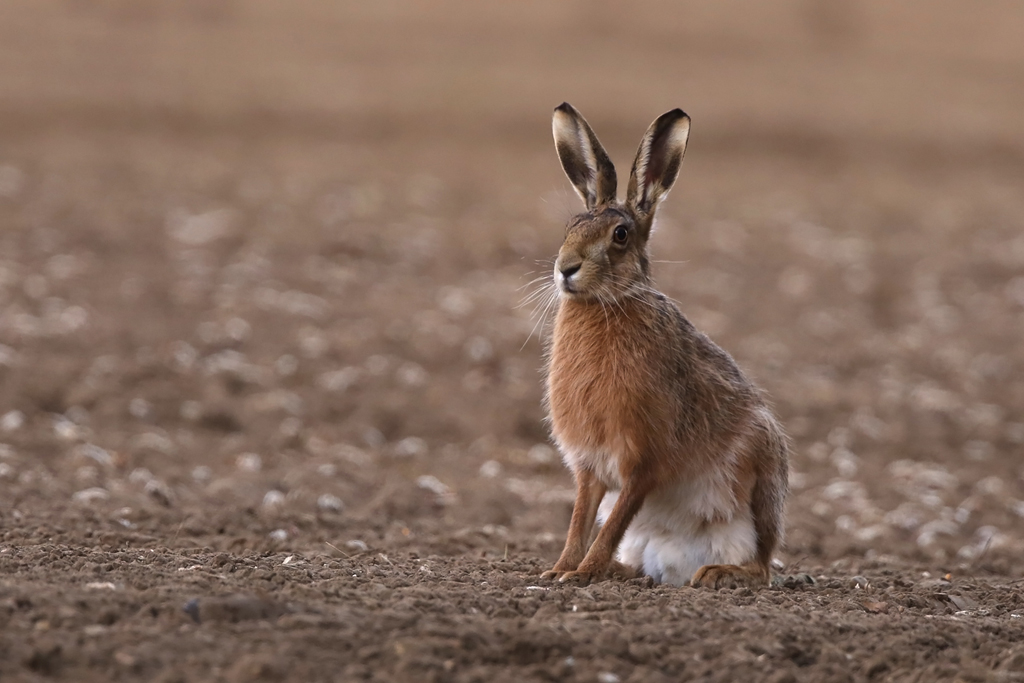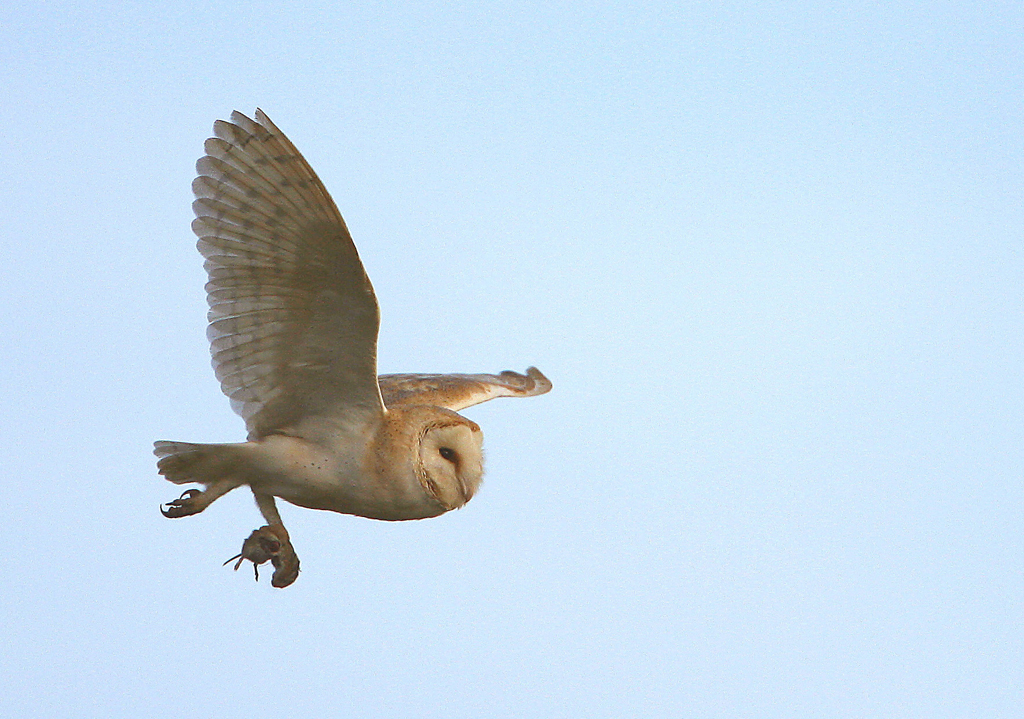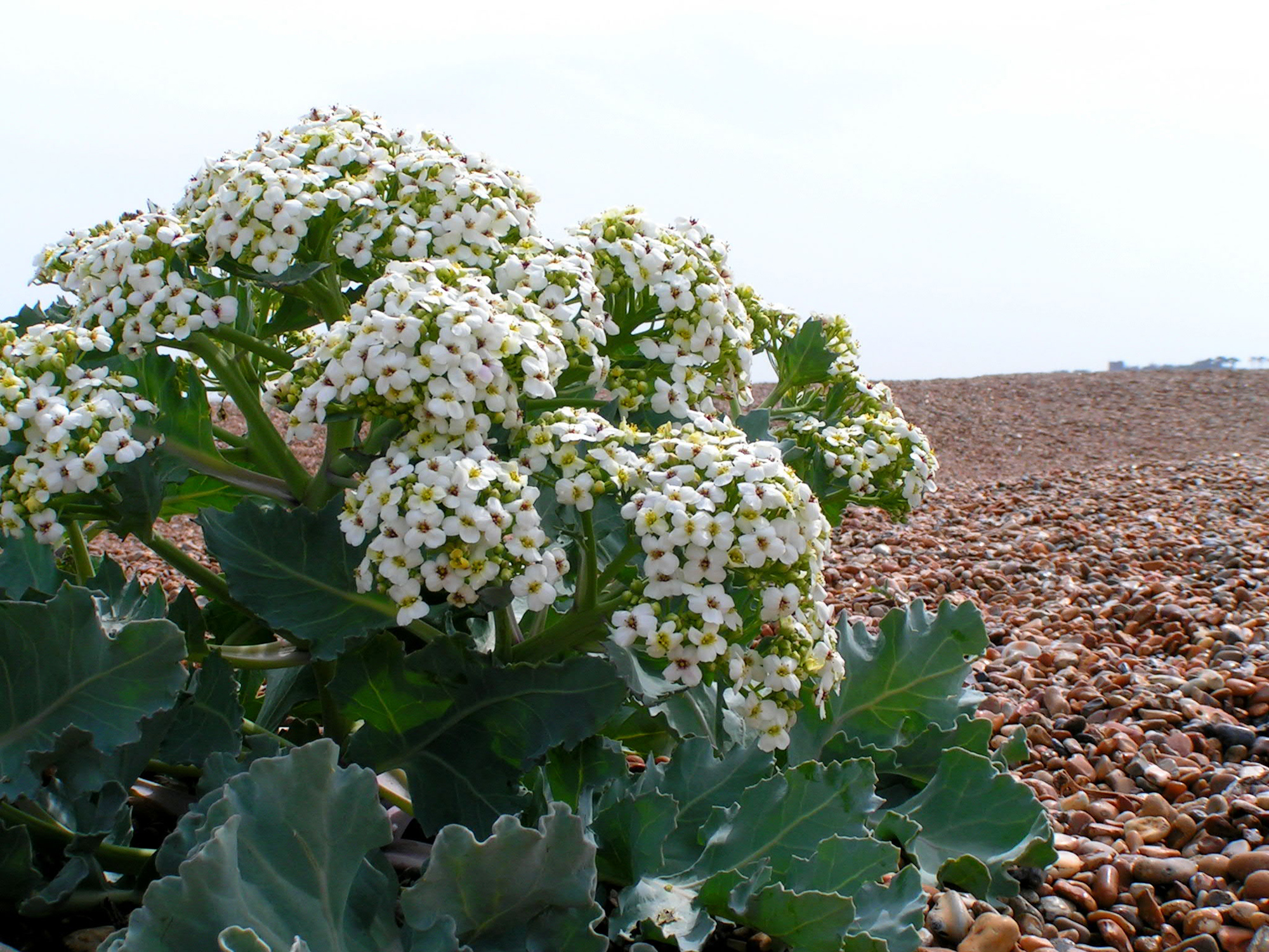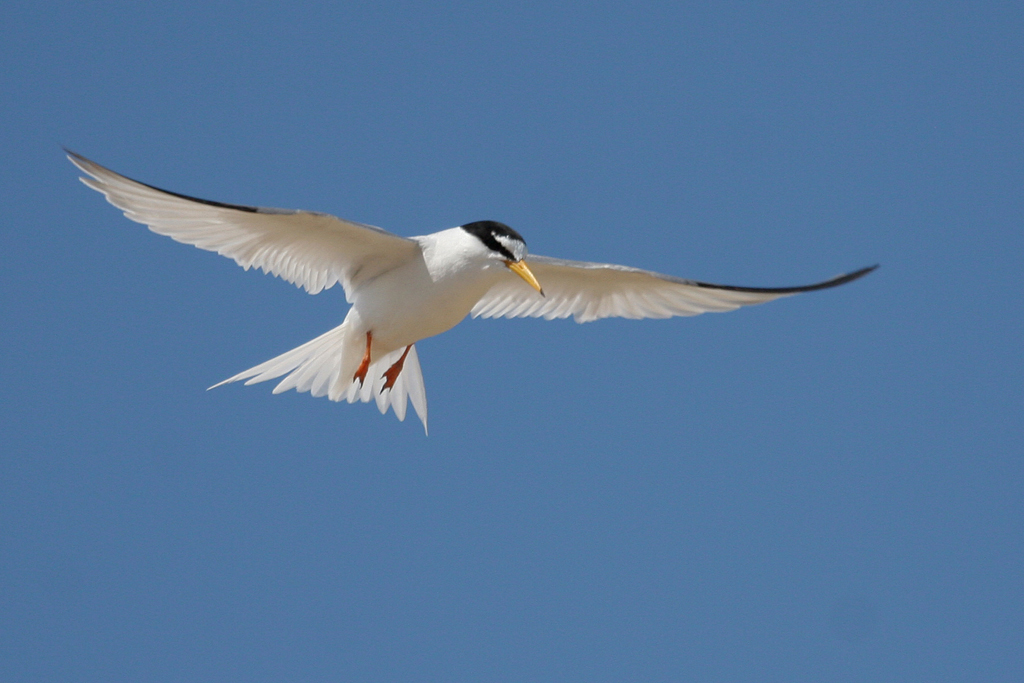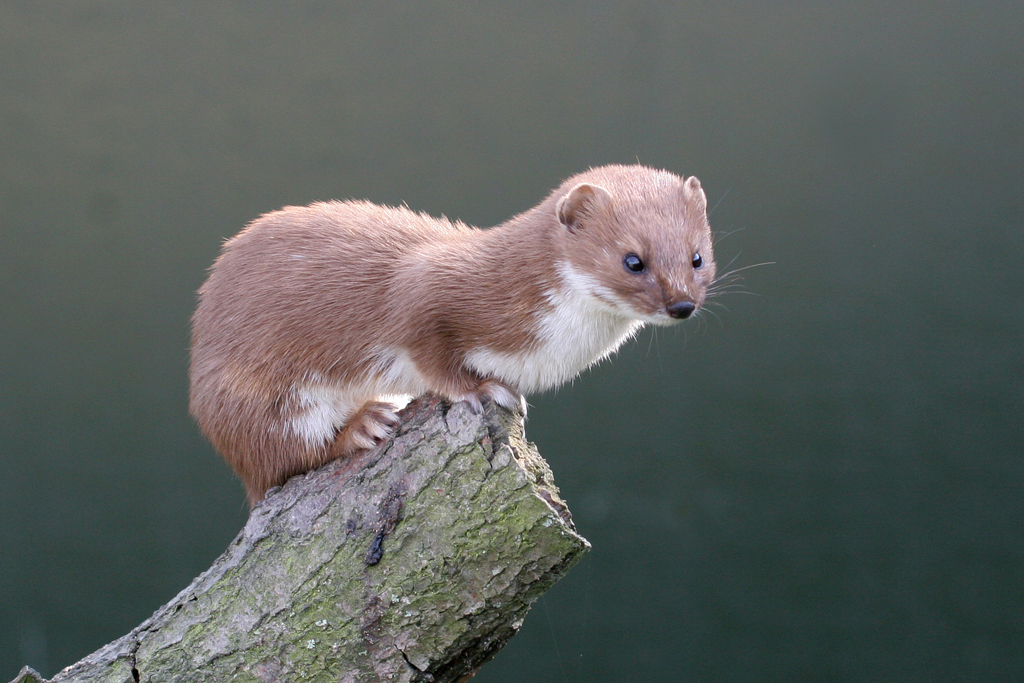Sometimes just a momentary experience can release a whole theatre of memories. Walking a nearby country lane, I glimpsed a flash of yellow atop the hawthorn hedgerow and heard a hoarse jingle that conjured up the seemingly endless summers of childhood. A yellowhammer. The first half of the name is clear enough; while the second half probably comes from the Old English amer, meaning a bunting, so they are really ‘yellow buntings’. The males have brilliant canary-yellow heads in spring, with a paler suffusion on the underparts – to my eye, a much happier blend with the palette of colours in the English countryside than the harsh yellow glare of the rape fields I see beyond. The hoarse song is traditionally rendered as ‘a little-bit-of-bread-and-no-cheese’, though it actually sounds more like the less grammatical ‘little-bit-of-bread, cheeeeze’ (a stutter followed by a wheeze). The song isn’t exactly euphonious –Coleridge likened it to someone filing brass – but they will now go on singing this refrain tirelessly until autumn and its repetition would be grating if it wasn’t so evocative of hot summers, dusty roads and healthy hedgerows.

A Yellowhammer. Photo: Jenny Desoutter.
One of the yellowhammer’s old country names was ‘scribble lark’, because their eggs are delicately inscribed with a loose series of wavy lines resembling even worse handwriting than mine. Other regional names invoke different associations. The Welsh name (is melyn yr eithin, meaning ‘yellow bird of the gorse’; while I hesitate to explicate the Scots name yorlin, which Robbie Burns exploited in a double-entendre so coarse that the BBC’s spoken rendering of his poem, ‘The Yellow, Yellow Yorlin’, comes with a trigger-warning …
To recite these scraps of folklore may be thought to view the yellowhammer through a golden haze of nostalgia, however. The countryside is changing. The rape fields whose colour seems garish and alien to me have been with us since the 1980s, so are already a part of a new tradition for others. And one remembers how the nineteenth-century peasant-poet John Clare bitterly lamented the enforced replacement of his familiar open-field landscapes with the very enclosing hedgerows that we in turn seek to preserve and restore. Nonetheless, if the yellowhammer eventually joins the other local casualties of intensive agriculture like the corn bunting, the turtle dove and the tree sparrow, I can’t just view that as an inevitable secular process. I feel these losses as an impoverishment, not just another change. And it’s no consolation to have this diminution of our natural heritage diagnosed in technical Eco-speak as the ‘Shifting Baseline Syndrome’, whereby each generation adjusts to a new and diminished ‘normal’. What we need is an Ascending Recovery Scale.
Jeremy Mynott
4 May 2025




